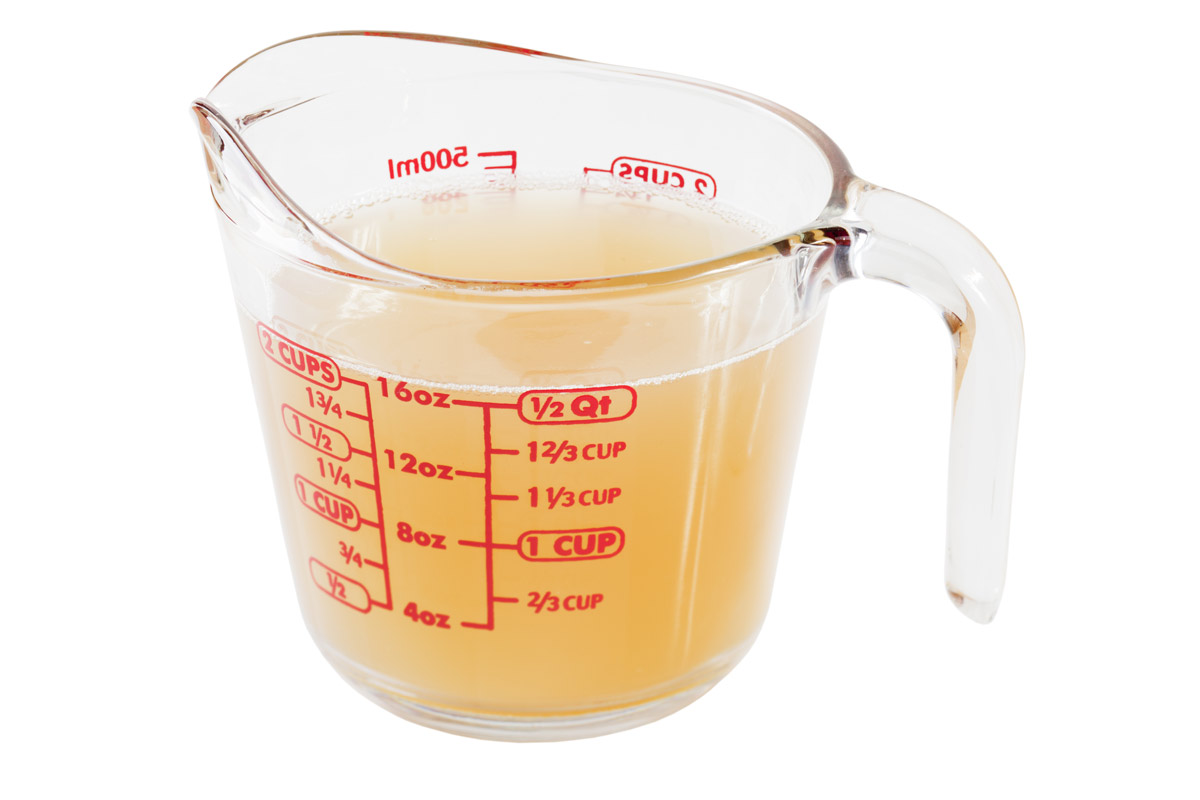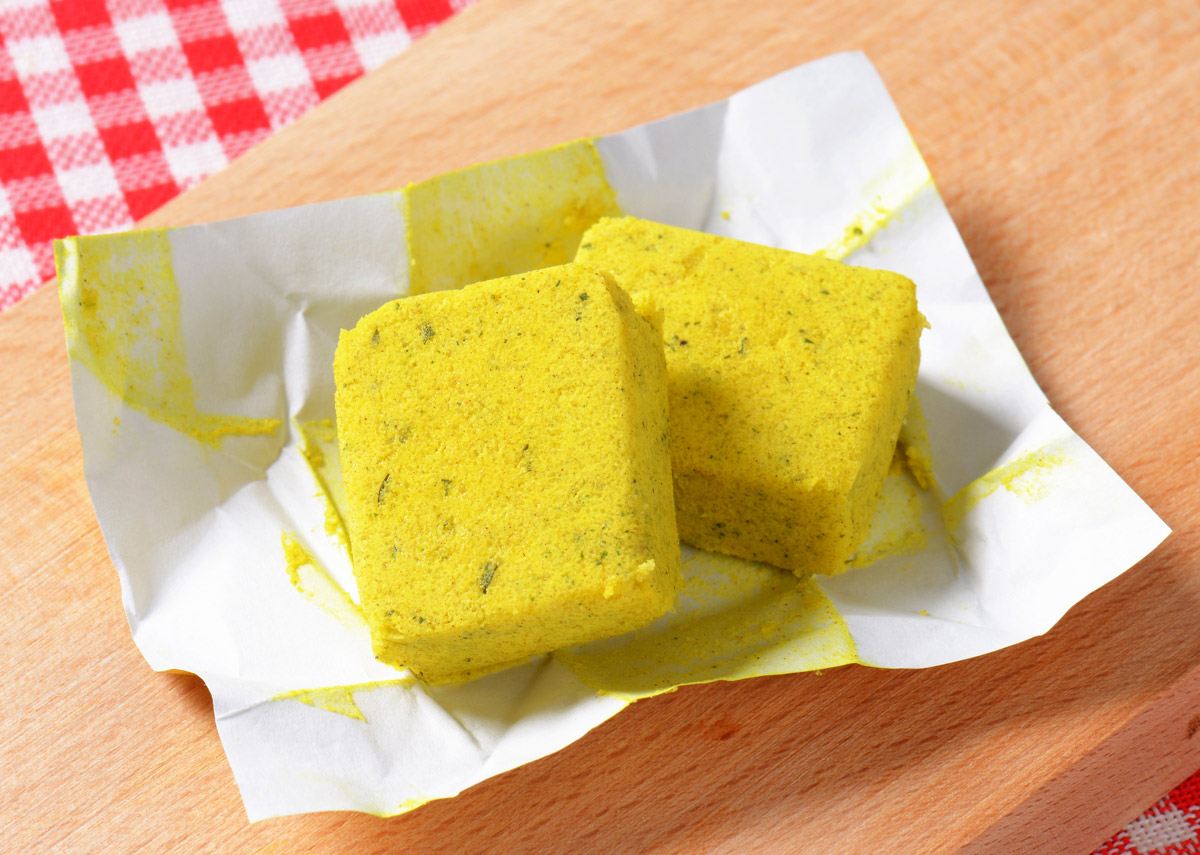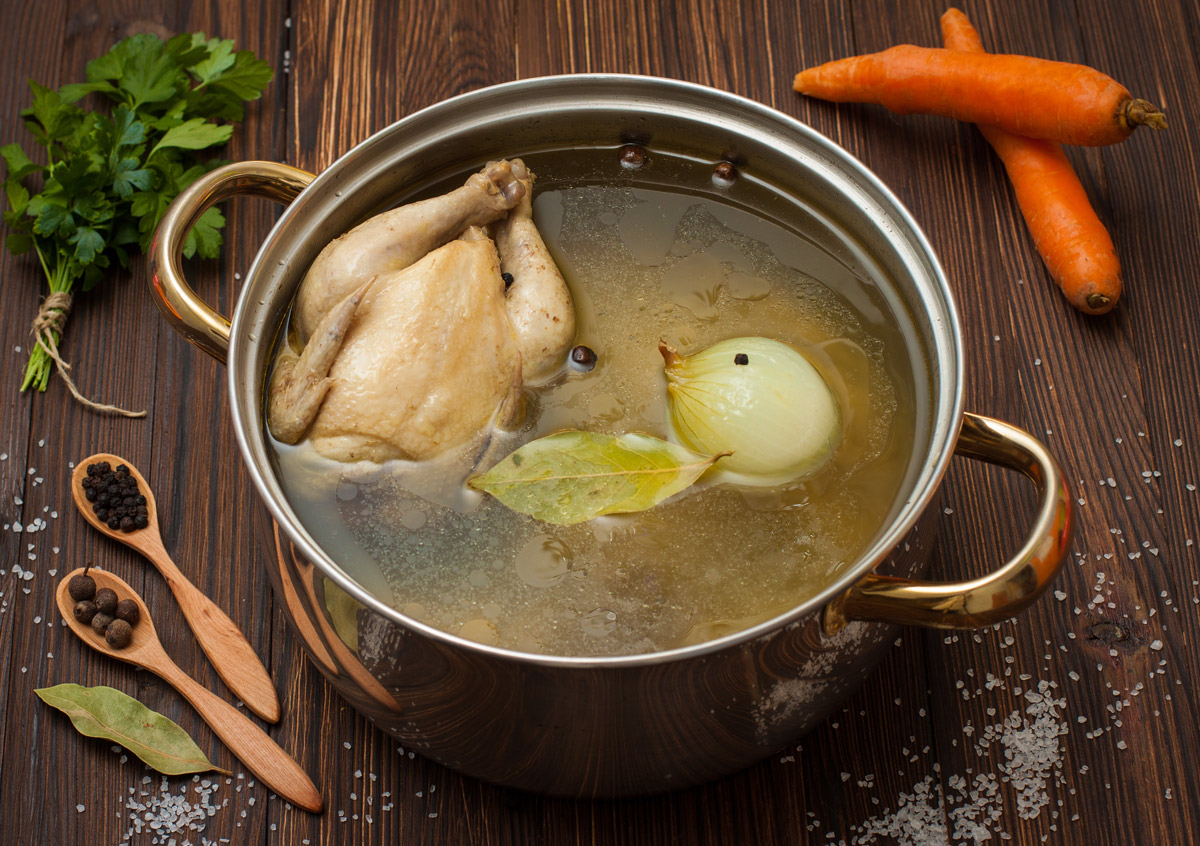Can the bones still be useful even after we have eaten all the meat off them? – Bran
That’s the only time the bones can be useful. – Three-eyed Chef
How? You might ask.
Well, we are here to tell you about the magic of the Food Stock.
Every time you finish your delicious non-vegetarian meal, your plate usually has a pile of bones left on them. Usually, you would discard them and that’d be the end of it. Some wise souls use them to feed their pets.
But what if we told you that there’s a way you can use all of those bones to cook up something extremely healthy and delicious?
Piqued your interest yet? Great, read on.
What’s a Stock?

Stock, broth or bouillon is used as the basis for most soups, and in many dishes as a flavouring or base (e.g. risotto).

Stock is made by cooking ingredients such as meat, poultry, fish or vegetables in water to flavour the water. The ingredients are removed at the end.
As the flavour of the ingredients is the only thing that matters, stock is often made with leftover ingredients and by-products such as bones that couldn’t be used elsewhere.
Preparation of Stock
Meat
Leftover cooked meat, such as that remaining on poultry carcasses, is often used along with the bones of the bird or joint.
Fresh meat makes a superior stock, and cuts rich in connective tissue such as shin or shoulder are commonly recommended, either alone or added in lower proportions to the remains of cooked poultry, to provide a richer and fresher-tasting stock.
Quantities recommended are in the ratio of 1 part fresh meat to 2 parts water.
Mutton, although a popular base for stock in Oriental Cuisine, is considered unsuitable for stock in European cooking due to its greasiness.
Bones
Chicken bones are very commonly used in the preparation of stock. The flavour of the stock comes from the cartilage and connective tissue in the bones.
Connective tissue has collagen in it, which converts into gelatin that thickens the liquid. Stock made from bones needs to be simmered for longer than stock made from meat.
Mirepoix
Mirepoix is a combination of onions, carrots, celery, and sometimes other vegetables. Often, the less desirable parts of the vegetables that may not otherwise be eaten (such as carrot skins and celery cores and leaves) are used. The use of these parts is highly dependent upon the chef, as many do not appreciate the flavours that these portions impart.
Herbs and spices
The herbs and spices used depend on availability and local traditions. In classical cuisine, the use of a bouquet garni (or bag of herbs) consisting of parsley, bay leaves, a sprig of thyme, and possibly other herbs, is common. This is often placed in a sachet to make it easier to remove once the stock is cooked.
Storage
Once prepared, the stock can be safely stored in the refrigerator for up to a week. It will last for 6 months if frozen. However, it’s best enjoyed fresh.
Next time, when you have devoured your favourite meat from Licious and there’s a pile of bones left on your plate, you know what to do. Cook up a supremely delicious stock to tangle your taste buds and let us know how it was.
When you play the Game of Bones
You win, when you try!


I normally make stock either chicken or mutton from soup bones not left over after eating.
I ahve also made fish stock from the bones after fish is filleted.
Stil not sure of the kind and amount of spice to be used. After reading your blog I now know the water amount.
Hello Ronald, we’re glad you found this post useful. Keep following us for more tips, hacks, recipes, health articles and more about meat.